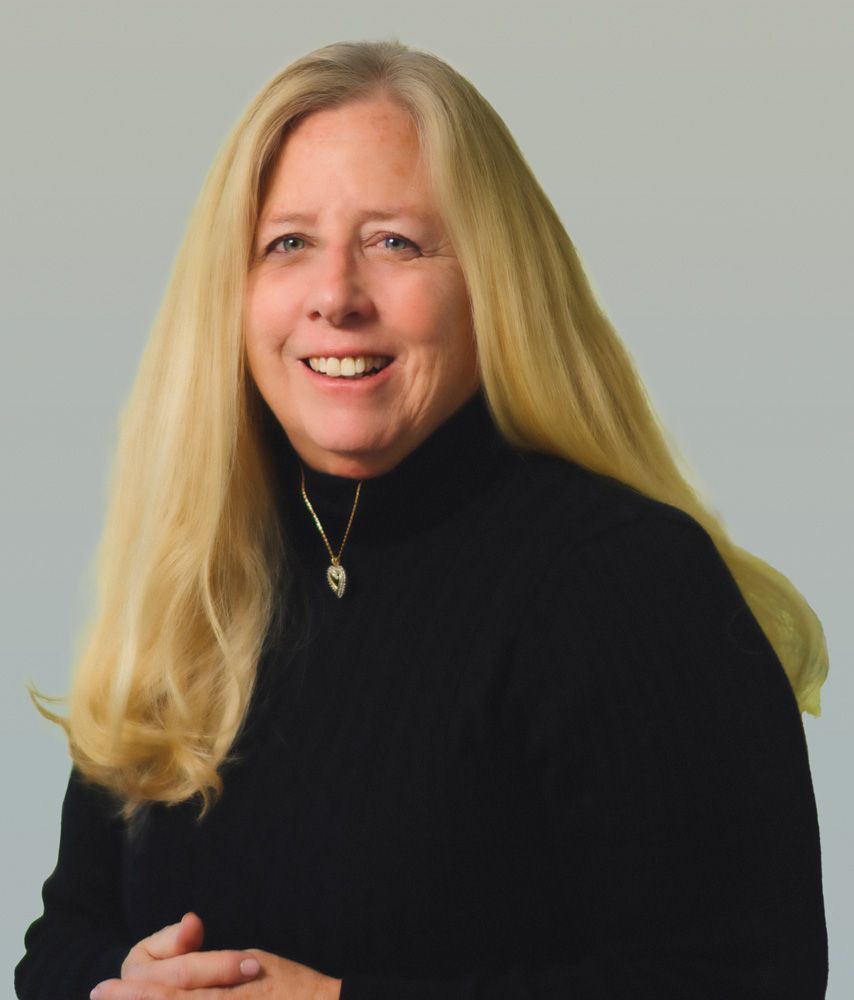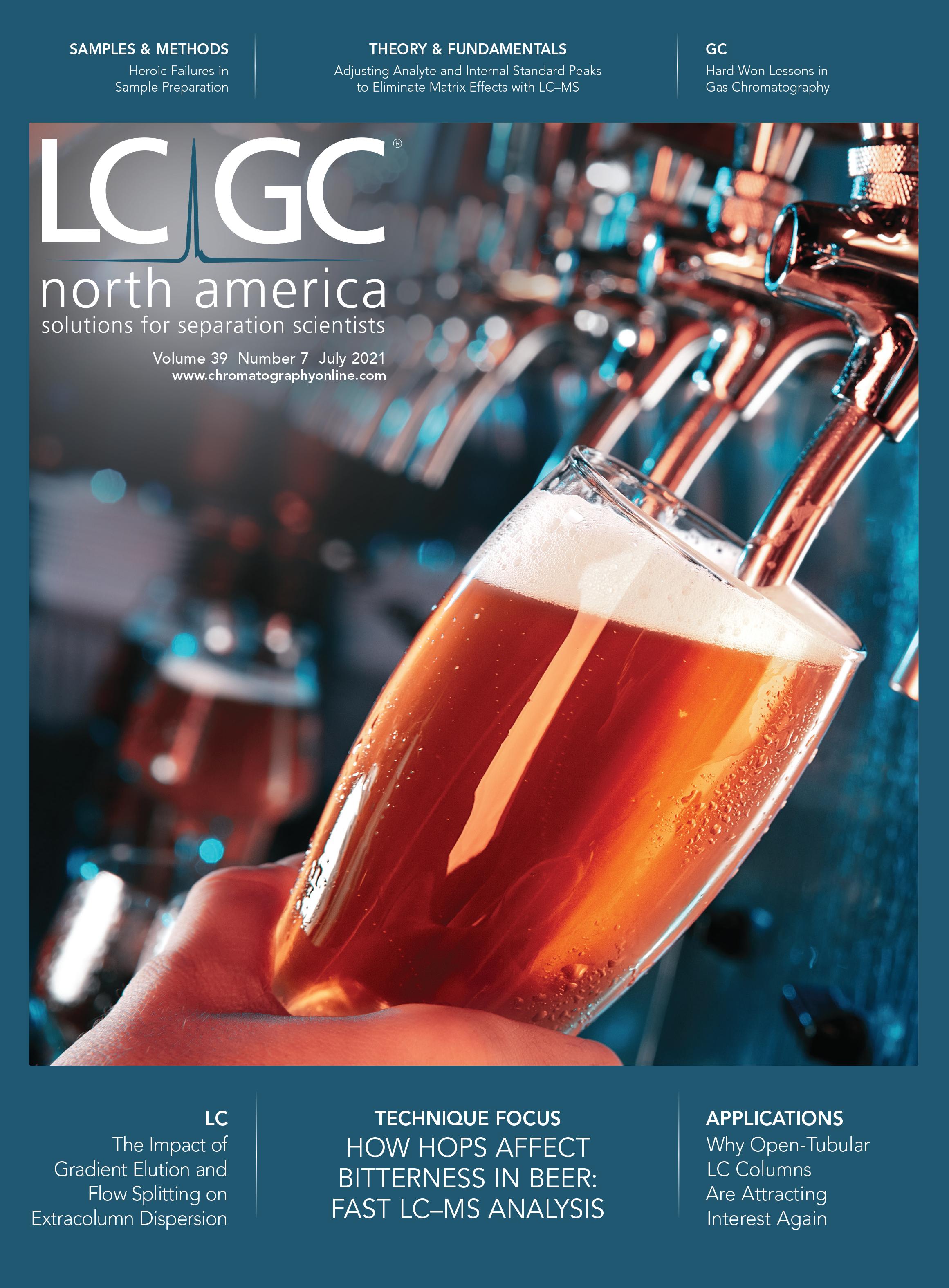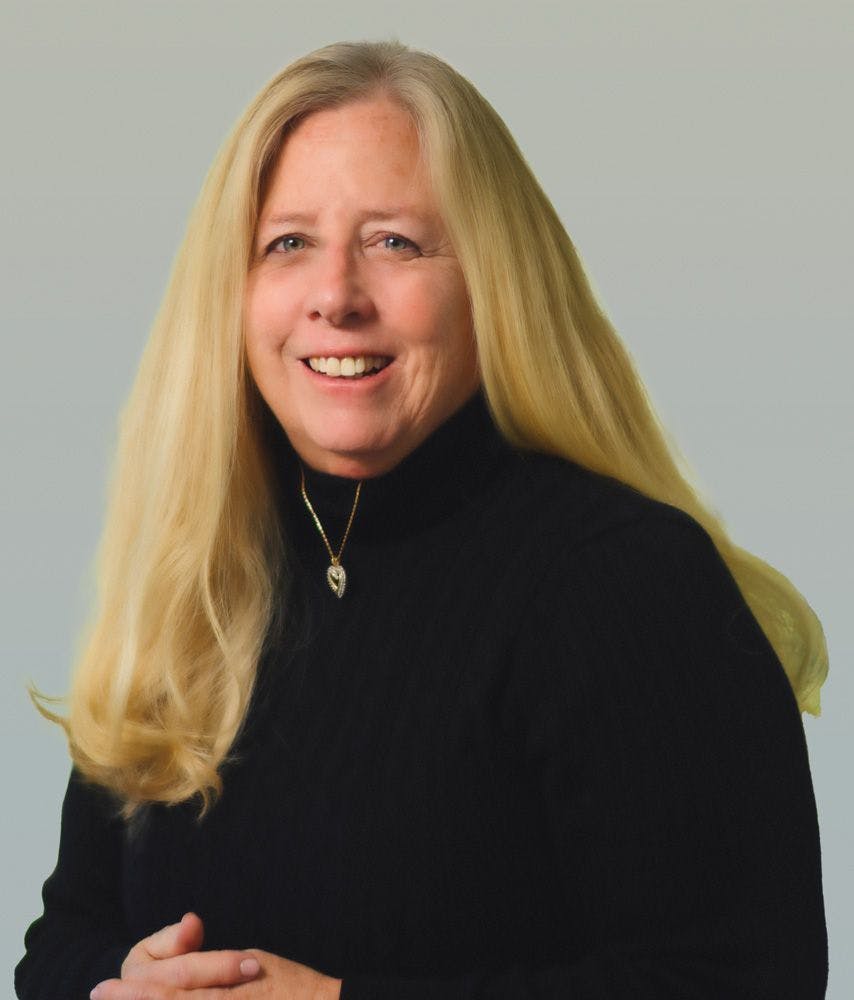Solving Challenges in the Agricultural Industry Using Separation Science: An Interview with Mary Ellen McNally
Mary Ellen McNally has been widely recognized for her contributions to the field of separations, particularly supercritical fluid chromatography (SFC), and for applications of chromatography and mass spectrometry to industrial problems. We recently spoke to her about her work using mass spectrometry to solve problems in the agricultural industry.
Mary Ellen McNally is a Technical Fellow at the Stine Research Center for FMC Corporation. Her specialties include separations, sample preparation, and sensors focused on the environmental fate of agricultural products, ultratrace level analysis, and detection. Currently, her focus is on the analysis associated with manufacturing and process development of new agricultural products and their worldwide registration.
McNally will be presented the 2021 Eastern Analytical Symposium (EAS) Award for Outstanding Achievements in Separation Science at the EAS Symposium, taking place November 15–17, 2021, in Plainsboro, New Jersey. The annual EAS Awards honor analytical chemists that have distinguished career achievements and advanced their fields by superior work in developing theory, techniques, or instrumentation.
Recently, we had the opportunity to interview McNally to discuss her work using mass spectrometry to address threats and concerns within the agricultural sector.
You have used mass spectrometry for identification of unknowns in the impurity profile of new development candidates for the agricultural industry. Why is this work important?
In the development of a new agricultural product, it is necessary to identify all ingredients above 0.1 weight (%). Without separations and mass spectrometry, this is not feasible. First, potential impurities are chromatographically separated, typically by liquid chromatography, then identified as unique, by both their UV and mass spectra. The identity is then used to quantify, either by comparison to a standard or a viable surrogate to determine actual weight %.
What analytical hurdles did you encounter during this work?
Identification is not always straightforward because the molecules that result from the synthesis of an active ingredient are typically very similar. The low levels that are present can make it difficult to separate and to obtain the unique UV and mass spectrum needed for identification. The rule of thumb is that every order of magnitude lower in concentration examined, the number of compounds that can be detected increases tenfold. The real challenge begins here. Preparative-scale separations, complex small-scale isolation methods, or column switching techniques are used to concentrate these low-level compounds found in the active ingredient. Other spectroscopic techniques such as nuclear magnetic resonance (NMR) can be used to help in the exact structure elucidation. However, NMR has very little resolving power for interferences and either additional concentration and sample preparation is used, or a highly unique technology such as LC-NMR is employed.
You have also worked to develop methods for identification of unknowns in counterfeit and illegal technical and formulation samples. Would you explain the significance and meaning of this work for the readers of LCGC?
This is even more challenging. In both impurity profile and counterfeit analysis, the amount of the impurity present, its inherent ionization capability (which is also unknown) and the complexity of the matrix control the difficulty of the identification. In determining the impurity profile, the ingredients used to synthesize the active ingredient are known, making the possibilities of analytes present more limited. In counterfeit and illegal samples, more often a formulated product is brought to the laboratory. The challenge lies in formulated products are inherently more complex matrices and a larger part of the whole sample is unknown. Choices of sample preparation methodologies become a black box of alternatives. It is difficult to know where to start or if you have done something to eliminate the desired compound of interest. Without identification, suppression and enhancement of signals are constantly possible.
Counterfeit material is a crisis in many industries particularly in pharmaceuticals and agricultural products. Criminals are making quick money without the precautions or regulations that are forced on legitimate businesses. Consumers suffer long term. Losses due to counterfeits cost authentic suppliers both in lost sales and in expenses to defend their products. The biggest risk to consumers is in using or receiving a non-vetted product that could potentially have harmful effects both to the environment and humans.
In other work you have identified unknowns in process and manufacturing samples, intermediates, precursors, and active ingredients. How is this work important for the quality of manufactured products?
Agricultural products are registered materials. As such, they must be manufactured to exact specifications. Specifically, any new unknown that may appear in a final product above 0.1% by weight must be identified. During manufacturing, a new impurity might arise from an intermediate or precursor or from a side reaction if correct conditions were not maintained during the manufacturing process. This is unacceptable in material that will be sold. These unknowns are identified so that they can be removed from the material that will enter the supply chain.
What issues and problems would you define as previously ignored or neglected specifically in your field? What major developments do you see as important in new techniques for mass spectrometry? What is your vision for improvements that could be made in instrumentation for studying unknowns and impurities in raw materials and products?
I don’t believe anything has truly been ignored or neglected in the field. Science is a process, and it moves in incremental changes. Sometimes the changes are subtle and the enhancements to a technique or methodology are minimal; other times, the changes are dramatic after a significant development has been made. Developments come from a problem needing to be solved generally. The problems can be extremely unique.
A simple answer to the question of new developments in mass spectrometry would be better detector sensitivity, but in reality, the sensitivity needed is present. The questions are, Can you achieve the touted sensitivity in the sample you have? Can we develop a mass spectrometer that doesn’t care if we have inorganics present in our mobile phase? Can we have a feature that suggests whether a mass is being suppressed or not being ionized at all? Can we have an instrument that recognizes there is a problem with the sample matrix, and suggests or changes the sample so that conditions are ideal for each component present? Would that instrument be too cumbersome to use or create? These are not easy problems and would cause incremental changes in the equipment we use today. However, if achieved some could save months of development work.
What were some of the key challenges you have encountered during your work?
Some of the molecules we look at are extremely complex: We see drastic changes in structure with small changes in pH, we look at enantiomeric substances such as epimers, and each new development molecule brings its own challenges. Mass spectrometry can only solve some of the problems; we are constantly looking for new technologies to help with structure elucidation. Dealing with these challenges have been key throughout the course of my work.
What would you consider to be the most useful contributions of your work?
When my work contributes to a registered product that is sold on the market, then, farmers and consumers enjoy an enhanced food supply.
What are some key aspects that motivate you? Would you share some of your work and organizational habits that have helped you be productive and successful professionally?
Simply, the key aspects are people and science. I am motivated by being on and leading teams that have a goal—the more intricate the goal the better.
In terms of organizational and work habits, I count the hours worked—productive hours, not hours present. If I fall short or take a longer break during the workday, I account for it at night or the next day. Some weeks, I might work 50 or 60 hours, but never less than 40.
What can you share with our readers regarding your next area of interest for your research?
My ensuing area of interest will revolve around the next new molecule to be developed and the nuances it brings. Research wise, the EU has a fairly new regulation where not just the active ingredient will need to be measured but all of the formulation ingredients, such as excipients, safeners, dispersants, dyes, and adjuvants. The analytical community is not prepared to do this amount of work for one sample yet; it is a paradigm shift. I plan to be involved.
Mary Ellen McNally, PhD, is a Global R&D Fellow at the Stine Research Center for FMC Corporation; she was employed by DuPont for 33 years before joining FMC. McNally was named to the Analytical Scientist Power List, as one of the Top 50 most influential women in the analytical sciences. In addition, she has received the American Microchemical Society Steyermark Award in the field of microanalysis and the Chromatography Forum of Delaware Valley Award for contributions to theory, instrumentation and applications to the field of chromatography and service to the organization. McNally has been recognized for her contributions to the field of supercritical fluids by the Midwest Supercritical Fluid Chromatography Discussion and the Tri-State Analytical Supercritical Fluid Discussion Groups. McNally is a member the editorial advisory board for LCGC and a former member of the Instrumentation Panel and the Advisory Board for the journal of Analytical Chemistry and the editorial board of Talanta. She has been a long-standing board member of the Chromatography Forum of Delaware Valley (CFDV), serving as the President and Program Chair twice, and is currently chairman of the Audit, Nominating, and Dal Nogare award committees. McNally is a member of the Executive Committee of the Eastern Analytical Symposium and was the president in 2018, she has also served as the Program Chair, Secretary, Treasurer, and Vice-President.

Jerome Workman, Jr. is the Senior Technical Editor of LCGC North America. Direct correspondence to: jworkman@mjhlifesciences.com

Common Challenges in Nitrosamine Analysis: An LCGC International Peer Exchange
April 15th 2025A recent roundtable discussion featuring Aloka Srinivasan of Raaha, Mayank Bhanti of the United States Pharmacopeia (USP), and Amber Burch of Purisys discussed the challenges surrounding nitrosamine analysis in pharmaceuticals.
Silvia Radenkovic on Building Connections in the Scientific Community
April 11th 2025In the second part of our conversation with Silvia Radenkovic, she shares insights into her involvement in scientific organizations and offers advice for young scientists looking to engage more in scientific organizations.
Regulatory Deadlines and Supply Chain Challenges Take Center Stage in Nitrosamine Discussion
April 10th 2025During an LCGC International peer exchange, Aloka Srinivasan, Mayank Bhanti, and Amber Burch discussed the regulatory deadlines and supply chain challenges that come with nitrosamine analysis.












